Music Music Music
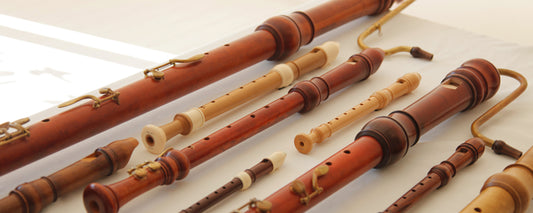
Recorders Galore - Just Arrived at Golden Music
What are they made of? Recorders are musical instruments that were originally made of wood, but today recorders made of resin are available. Wooden recorders have the timbre of rosewood,...
Recorders Galore - Just Arrived at Golden Music
What are they made of? Recorders are musical instruments that were originally made of wood, but today recorders made of resin are available. Wooden recorders have the timbre of rosewood,...
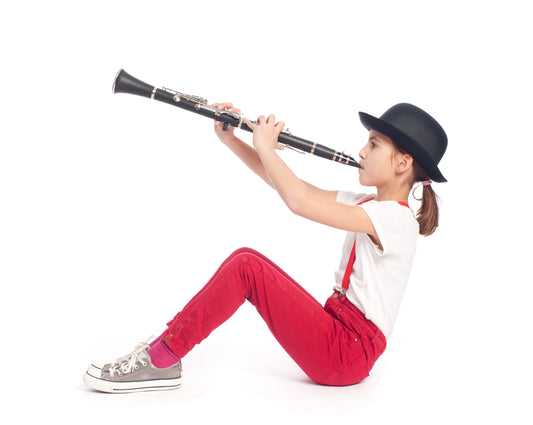
Music Lessons are Not Really About Music...
Music lessons provide invaluable skills that can help a student’s personal, social, and academic development. A student of music can foster and develop an appreciation for being creative, confident, and...
Music Lessons are Not Really About Music...
Music lessons provide invaluable skills that can help a student’s personal, social, and academic development. A student of music can foster and develop an appreciation for being creative, confident, and...
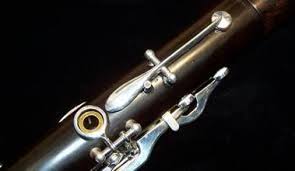
Clarinet Parents - Be Smarter Than Your 5th Gra...
The B-flat clarinet is an orchestral instrument going back to the time of Mozart and beyond. It is a transposing instrument, which means that the note heard is a major second...
Clarinet Parents - Be Smarter Than Your 5th Gra...
The B-flat clarinet is an orchestral instrument going back to the time of Mozart and beyond. It is a transposing instrument, which means that the note heard is a major second...
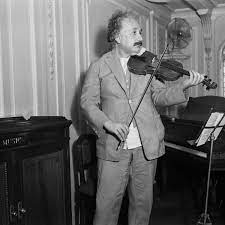
Einstein Loved His Music!
Einstein was Quite The Musician! In 1929, Albert Einstein told the Saturday Evening Post, “If I were not a physicist, I would probably be a musician.” By then Einstein was world-renowned...
Einstein Loved His Music!
Einstein was Quite The Musician! In 1929, Albert Einstein told the Saturday Evening Post, “If I were not a physicist, I would probably be a musician.” By then Einstein was world-renowned...

What Color was that Music?
Music and colors have few, if any, sensory properties in common: Music is auditory and has properties such as tempo, pitch, timbre, and rhythm. Color is visual and has the properties of lightness, vividness, and hue. But both music and color map aspects of emotion....
What Color was that Music?
Music and colors have few, if any, sensory properties in common: Music is auditory and has properties such as tempo, pitch, timbre, and rhythm. Color is visual and has the properties of lightness, vividness, and hue. But both music and color map aspects of emotion....
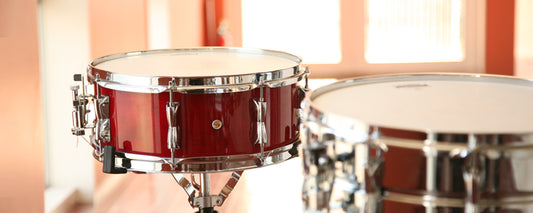
Percussion Learn More
As the "keeper of the rhythm," the drum provides the foundation for the overall sound of music. The many instruments included in the percussion family include any instrument that is...
Percussion Learn More
As the "keeper of the rhythm," the drum provides the foundation for the overall sound of music. The many instruments included in the percussion family include any instrument that is...
